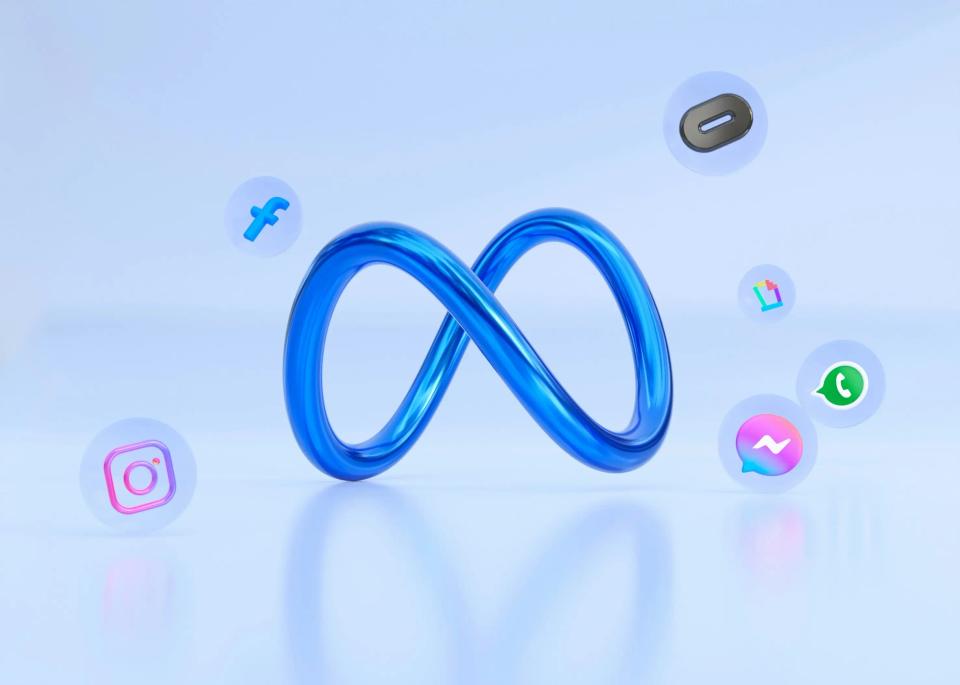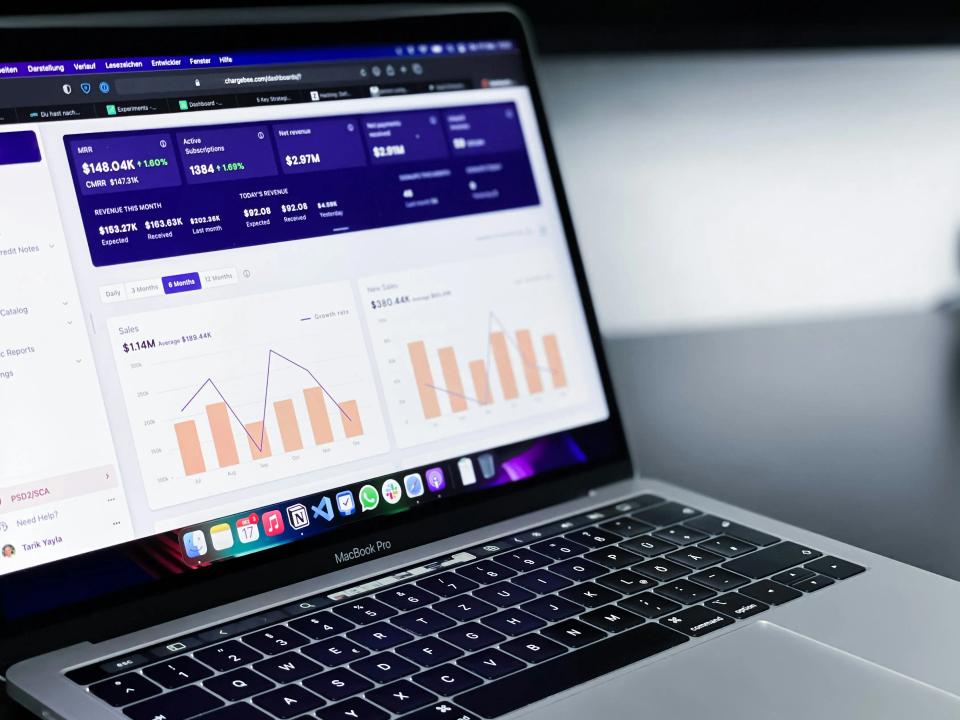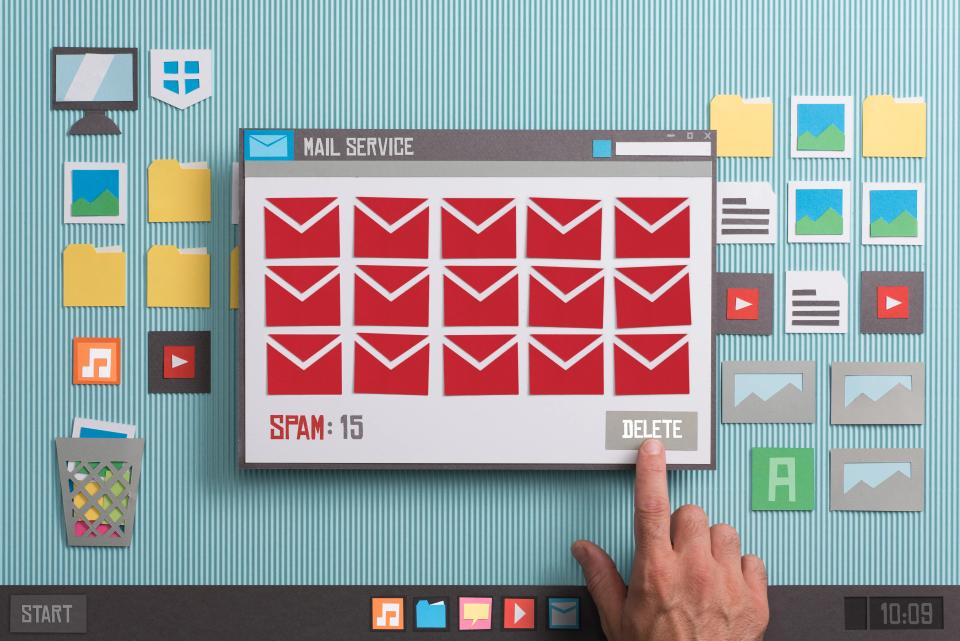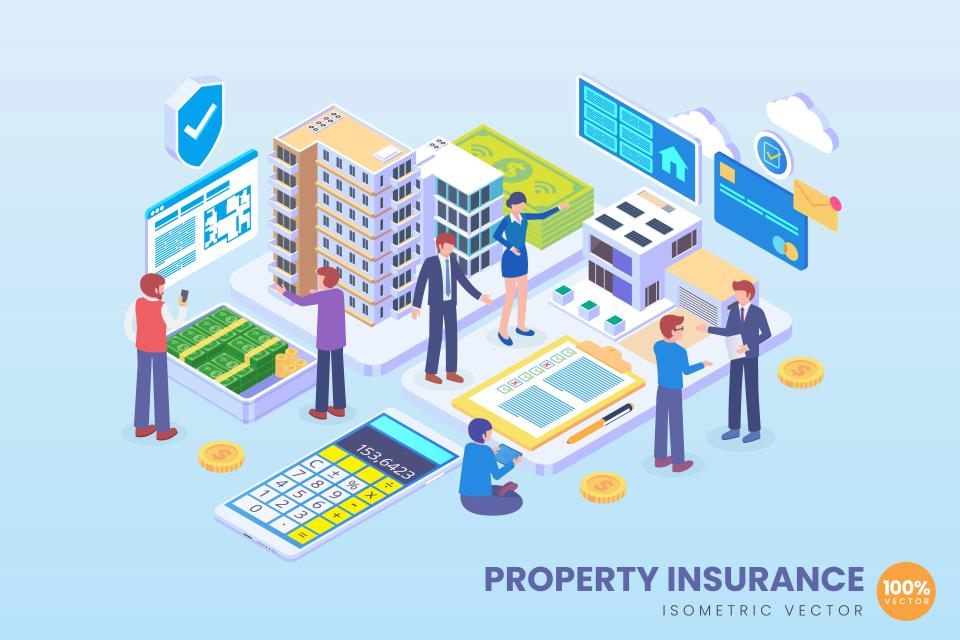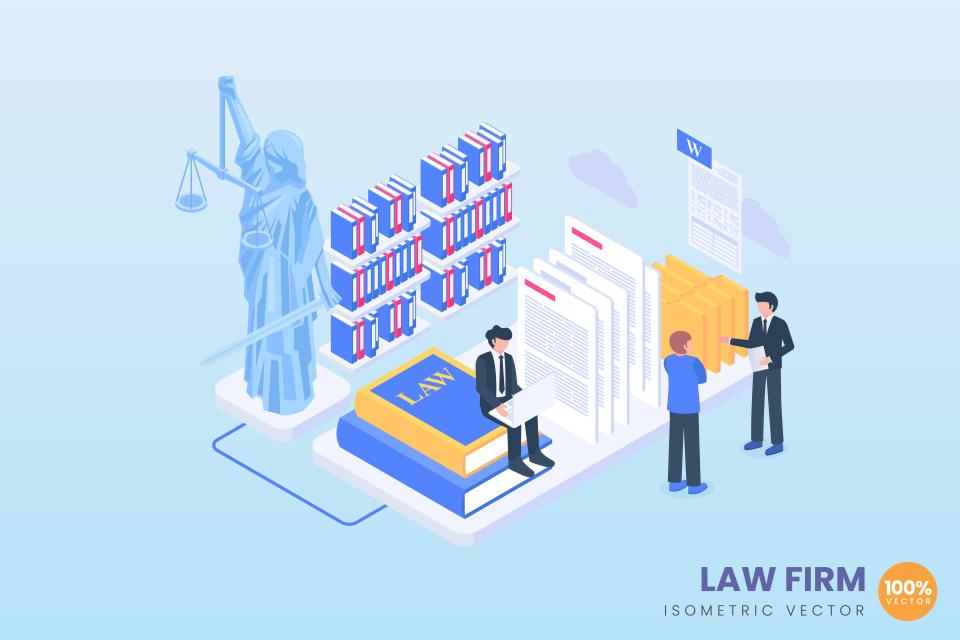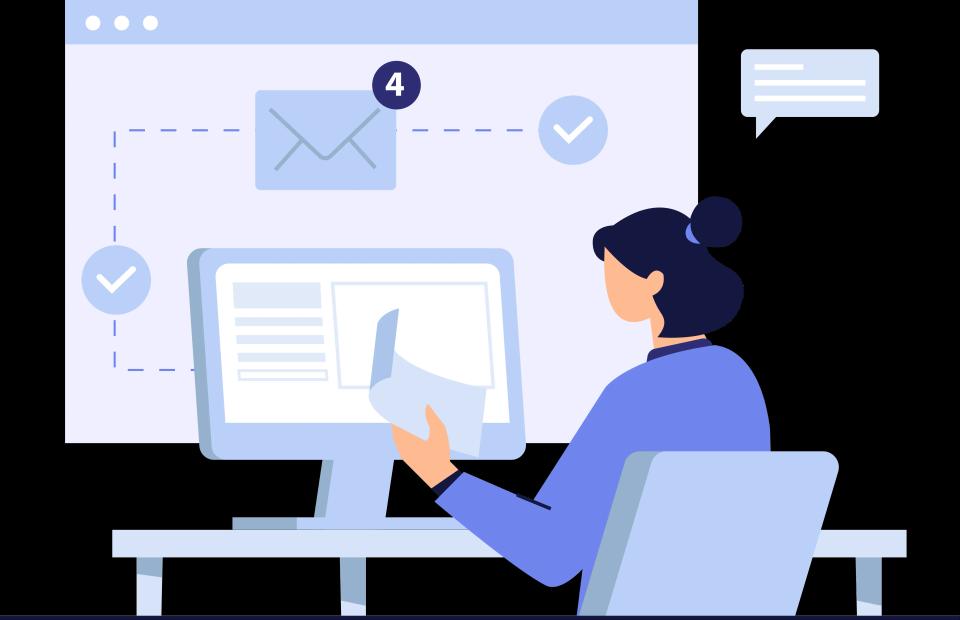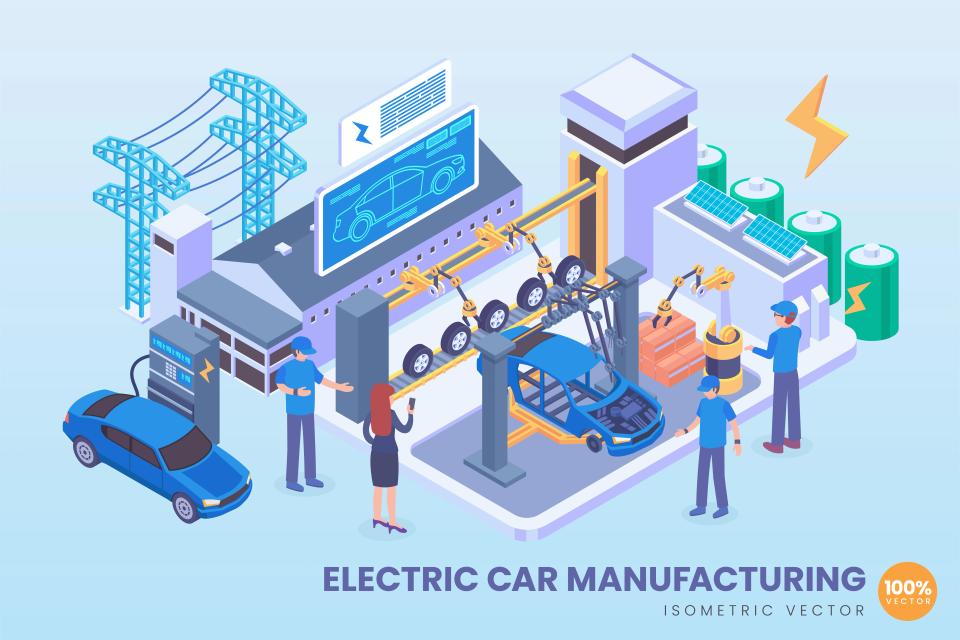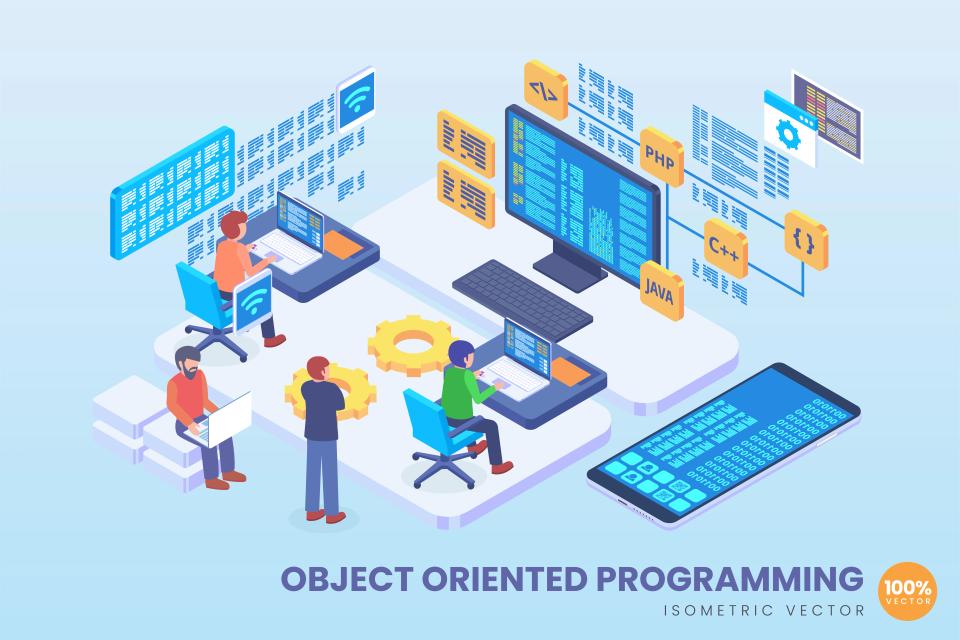Alright, let's cut to the chase. You're in the SaaS game, and it's a jungle out there. Every Tom, Dick, and Harry with a piece of code is vying for attention, for sign-ups, for that sweet, sweet Monthly Recurring Revenue. You're running Google Ads, but are they really working for you? Or are they just a leaky bucket, dripping your hard-earned cash into the vast abyss of the internet with mediocre results? Generic approaches are for amateurs, especially in the unique, often complex world of SaaS sales.
Let's be honest, acquiring customers for a SaaS product isn't like selling a pair of shoes. You're dealing with longer consideration periods, the crucial dance of free trials or demos, and the ultimate prize: converting those trial users into loyal, paying subscribers. Standard PPC tactics? They often stumble, gasp for air, and fall flat when faced with these challenges. They don't understand the nuances, the patience required, the critical need for quality leads, not just a flood of clicks.
But what if I told you there's a better way? A smarter way? This isn't just another rehash of basic Google Ads tips. We're diving deep, way beyond the surface, into advanced Google Ads strategies meticulously designed for SaaS companies like yours. We're talking about strategies that slice through the noise, grab your ideal prospects by the collar, and pull them into your sign-up funnel. We'll explore aligning your campaigns with your entire sales funnel, leveraging sophisticated targeting that feels almost psychic, implementing smart bidding that actually boosts your bottom line, crafting powerful retargeting sequences that nurture leads to conversion, and focusing on the SaaS metrics that truly matter. At CaptivateClick, we've seen firsthand how these advanced tactics transform Google Ads from a cost center into a powerful growth engine, and now we're sharing the playbook with you.
Why Google Ads for SaaS Requires a Specialized Approach
So, why can't you just copy-paste an e-commerce Google Ads strategy and expect SaaS gold? Because the SaaS customer journey is a different beast altogether. Think about the typical SaaS sales funnel: it starts with Awareness, moves into Consideration (where your free trial or demo sign-up lives), then onto Activation, Retention, Revenue, and hopefully, Referral. While Google Ads primarily fires its cannons at that crucial Consideration stage to capture sign-ups, its influence subtly ripples across the other stages too.
This journey is a marathon, not a sprint. Unlike an impulsive online purchase, choosing a SaaS product often involves a longer decision-making process, multiple touchpoints, and team discussions. You're not selling a tangible item; you're selling a solution, a promise of efficiency, growth, or problem-solving, often an intangible piece of software. This means your Google Ads strategy needs to be built for endurance and precision. According to insights from Foundation Inc., focusing on lead quality is paramount, because a sign-up that doesn't eventually convert to a paying customer is simply a cost, not an asset [7]. This is echoed by Lira Agency, which emphasizes that unqualified sign-ups inflate costs without contributing to Customer Lifetime Value (CLTV) [8].
The core goal shifts dramatically. Forget chasing empty clicks or vanity metrics. For SaaS, it's all about qualified sign-ups – individuals and businesses that have a genuine need for your solution and a high potential to become long-term paying customers. This means targeting users searching for specific solutions like "CRM with email integration" rather than casting a wide, wasteful net with broad terms like "business software," a point well made by Powered by Search [1] and Effiqs [10]. Ultimately, the importance of CLTV dictates your ad spend; you need to know that each dollar spent is an investment towards a profitable long-term relationship, a concept critical for integrating SaaS analytics with Google Ads effectively [18].
Advanced Strategy 1: Full-Funnel Keyword & Campaign Structure
To truly dominate Google Ads for your SaaS, you need to think beyond the obvious branded searches and generic industry terms. Your prospects are out there, right now, typing their deepest frustrations and specific needs into that Google search bar. Your mission, should you choose to accept it, is to meet them there with the perfect answer: your software.
Digging for Gold: Problem/Solution & Feature-Specific Keywords
Imagine someone desperately searching "how to automate social media posting." That's not just a query; it's a cry for help. If your SaaS offers social media automation, your ad, triggered by these problem/solution keywords, should appear like a beacon of hope. As highlighted by Powered by Search [1] and the Ads Institute [4], these keywords tap directly into user pain points, creating an immediate connection. You're not just selling software; you're selling relief, efficiency, and peace of mind.
Then you have feature-specific keywords. These are for prospects who've done a bit more homework. They know they need "software with Gantt charts" or a "CRM with email integration." When your ad appears for these terms, it’s a perfect match. You're confirming you have exactly what they're looking for, cutting through the clutter and accelerating their decision-making process. This precision targeting is vital for attracting high-intent users.
And what about your competitors? Competitor keywords, like "Alternative to [Competitor Name]," can be a powerful, albeit aggressive, tactic. Use them strategically to highlight your unique selling propositions (USPs) and why you're the superior choice. Furthermore, don't overlook integration keywords such as "Slack integration for CRM." These target users looking for solutions that seamlessly fit into their existing tech stack, signaling a desire for convenience and ease of adoption.
Divide and Conquer: Campaign Segmentation for Control
A jumbled mess of keywords and ad groups is a recipe for disaster and wasted ad spend. You need structure, clarity, and control. Segmenting your campaigns is like organizing your toolbox; you know exactly where everything is and can grab the right tool for the job. Consider segmenting by funnel stage. While this article focuses on MOFU (Middle of Funnel) and BOFU (Bottom of Funnel) for sign-ups, remember that TOFU (Top of Funnel) campaigns using Display or broad match for problem/solution keywords can build initial awareness, as suggested by Cube Funder's funnel strategy insights [14]. MOFU campaigns can then target those feature-specific or competitor keywords, while BOFU campaigns focus on branded terms and high-intent remarketing.
If your SaaS offers distinct products or feature sets, segmenting by product/feature is a no-brainer. Someone looking for your "email marketing module" shouldn't be bombarded with ads for your "HR management tool." Relevance is paramount. When it comes to ad group structure, the debate between Single Keyword Ad Groups (SKAGs) and thematic ad groups continues. However, with the rise of Smart Bidding, thematic ad groups are often more manageable and allow Google's AI to optimize across semantically related terms, a point noted by the Ads Institute [4] and proponents of value-based bidding for SaaS [12].
Finally, wield the mighty sword of negative keywords. These are crucial for filtering out irrelevant searches and protecting your budget. Think terms like "free" (if you don't offer a freemium model they'd qualify for), "jobs," "reviews" (if you're targeting sign-ups, not researchers), or unrelated industries. A robust negative keyword list, as emphasized by Twospouts [9] and Search Nurture [15], acts as a gatekeeper, ensuring your ads are shown only to the most relevant prospects, thereby improving lead quality and reducing your cost per sign-up.
Advanced Strategy 2: Sophisticated Audience Targeting & Layering
Keywords are just one piece of the puzzle. To truly hit the bullseye, you need to layer in sophisticated audience targeting. You want your ads in front of people who aren't just searching for the right terms, but who also fit the profile of your ideal customer. This is where Google Ads gets really powerful for SaaS.
Finding Buyers: In-Market and Custom Intent Audiences
Google's In-Market Audiences are a fantastic starting point. These are users Google has identified as actively researching or planning to purchase solutions in specific categories, such as "Business Services > Software > Collaboration & Project Management Software." As Twospouts highlights regarding audience targeting [11], this gets you in front of people with demonstrated commercial intent. It’s like setting up your stall right where the eager buyers congregate.
But for SaaS, you can get even more granular with Custom Audiences, specifically Custom Intent Audiences. This is your scalpel. You can create audiences based on the keywords people search for on Google, the URLs they visit (think competitor websites or review sites), or even the apps they use. Imagine targeting users who recently searched for "best alternative to [Your Competitor]" and visited three different software review blogs comparing project management tools. According to Effiqs [10], this level of targeting is highly effective for reaching niche SaaS audiences. For instance, a project management SaaS could target users who searched "Asana vs. Trello" and visited G2.com comparison pages, a tactic also mentioned by Powered by Search [1]. While Custom Affinity Audiences are broader, they can be useful for specific SaaS niches with very well-defined user personas, but for driving sign-ups, Custom Intent usually packs a bigger punch.
Leveraging Your Own Data: Customer Match and Similar Audiences
Your existing customer data is a goldmine. With Customer Match, you can upload lists of your current trial users (to exclude them from acquisition campaigns or target them for upgrade offers), churned users (for carefully crafted win-back campaigns), or even lists of your ideal customer profiles to help Google find more people like them. This strategy, as noted by WordStream in their SaaS startup guide [16], allows for highly personalized messaging and efficient budget use.
Then, expand your reach intelligently with Similar Audiences (Lookalikes). Google analyzes your best converters – be it trial sign-ups or, even better, paying customers – and finds new users who share similar characteristics and online behaviors. If your top customers are marketing managers in mid-sized e-commerce companies, Similar Audiences will help you find more of them. This is about scaling your success by cloning your ideal customer profile, a powerful way to grow your prospect pool without sacrificing relevance, as suggested by analyses of SaaS benchmarks [19].
The real magic happens when you start layering audiences with keywords. For example, you could target your "project management software" keywords only to users who are also part of the "In-Market for Project Management Software" audience or your custom intent audience of competitor researchers. This hyper-specific approach, as discussed in Cube Funder's Google Ads funnel strategies [14], dramatically increases relevance and can send your conversion rates through the roof. And don't forget to understand the difference between "Observation" and "Targeting" settings for your audiences. "Observation" lets you gather data on how an audience performs without restricting your reach, while "Targeting" ensures only that specific audience sees your ads. Use "Observation" to learn, then "Targeting" to act.
Advanced Strategy 3: Intelligent Bidding & Budget Allocation
Gone are the days of painstakingly adjusting manual CPC bids for every keyword. If you're still doing that, you're leaving a ton of efficiency and potential performance on the table. For SaaS companies serious about maximizing sign-ups, intelligent, automated bidding strategies are the name of the game, coupled with smart budget allocation.
Letting AI Do the Heavy Lifting: Smart Bidding Strategies
It's time to embrace the power of Google's AI. Target CPA (Cost Per Acquisition) is a fantastic starting point. You tell Google how much you're willing to pay for a sign-up, and its algorithms work tirelessly to hit that target. This, of course, requires accurate conversion tracking – no guesswork allowed! You can also use Maximize Conversions, often with a Target CPA cap, to let Google find the most sign-ups possible within your desired cost parameters.
But for SaaS, where the value of a sign-up can vary, Value-Based Bidding is where things get really exciting. Strategies like Target ROAS (Return on Ad Spend) or Maximize Conversion Value allow you to assign different values to different types of sign-ups. For example, a demo request might be deemed more valuable (and thus assigned a higher conversion value) than a simple free trial sign-up if demo requests historically lead to higher-paying customers. As HOP Online explains in their piece on value-based bidding for SaaS [12], this tells Google to prioritize users who are more likely to contribute significantly to your CLTV. This approach is crucial for optimizing not just for volume, but for long-term profitability, a key theme in Varos's B2B SaaS benchmarks [19].
To streamline management, especially if you have multiple campaigns aiming for similar goals, Portfolio Bid Strategies are your friend. These allow you to apply a single automated bid strategy across several campaigns, enabling Google to optimize bids and allocate budget more holistically to achieve your overall objectives. This can lead to better performance and simplified oversight, as noted in discussions around integrating analytics with Google Ads [18].
Smart Spending: Budget Pacing and Performance-Based Adjustments
Your budget isn't infinite. You need to make every dollar count. This means diligently allocating budget based on performance. Identify your winning campaigns and ad groups – those consistently delivering high-quality sign-ups at your target CPA – and feed them more budget. Conversely, don't be afraid to pause or significantly reduce spend on underperformers. It's about ruthless prioritization.
Furthermore, dive into your performance data to make dayparting and geo-targeting adjustments. Are your ideal B2B SaaS prospects more likely to convert during business hours in specific tech-heavy regions? Your data will tell you. Adjust your bids to be more aggressive during peak conversion times and in high-performing locations, and potentially reduce bids or pause ads during off-peak periods. Insights from Foundation Inc. [7] suggest that such granular optimizations are key. While Performance Max campaigns can automate some of these adjustments by leveraging Google's vast network data, as mentioned by the Ads Institute [4] and BrighterClick [5], keeping an eye on these dimensions manually or through scripts can still yield significant gains.
Advanced Strategy 4: High-Impact Retargeting for SaaS Nurturing
Let's face it: most people who visit your SaaS website for the first time won't sign up immediately. They're busy, they're comparing options, or maybe they just got distracted by a cat video. But that doesn't mean they're lost forever. High-impact retargeting is your secret weapon to bring them back, nurture their interest, and guide them towards that coveted sign-up.
Not All Visitors Are Created Equal: Segmented Retargeting Lists
Blasting the same generic retargeting ad to everyone who ever visited your site is a rookie mistake. For SaaS, precision is key. You need segmented retargeting lists based on user behavior. Someone who bounced off your homepage needs a different message than someone who abandoned your demo request form. For instance, as Claire Jarrett suggests for SaaS Google Ads [2], you might retarget pricing page visitors with ads highlighting your value proposition, affordability, or a special limited-time offer. Those who abandoned the demo request page are high-intent; hit them with a direct call to action to complete their request, perhaps sweetening the deal with a small incentive, a tactic also supported by MegaDigital's SaaS strategies [6].
Consider other valuable segments: blog readers can be retargeted with offers related to the specific content they consumed. Users who started but didn't complete the trial sign-up form need a gentle nudge reminding them of the benefits they're just one step away from unlocking. And don't forget your free trial users! Retarget them with ads highlighting key features they haven't used yet or offering incentives to upgrade before their trial expires, a core part of an effective SaaS retargeting strategy outlined by Crunch Marketing [13].
RLSA, Dynamic Remarketing, and Sequential Storytelling
Remarketing Lists for Search Ads (RLSA) are incredibly powerful. When someone on your remarketing list searches again on Google using your keywords (or even broader terms you might not normally bid on for new users), you can bid more aggressively for them. They already know you; they're a warmer lead. As Cube Funder's guide on Google Ads funnels explains [14], you might bid 20-50% higher for these previous visitors. This ensures you recapture their attention when they're actively seeking solutions again.
While Dynamic Remarketing is more common in e-commerce, it can be applicable for SaaS companies with many distinct "products," plans, or industry-specific solutions. If you offer "SaaS for Real Estate Agents" and "SaaS for Insurance Brokers," dynamic remarketing could show ads for the specific solution a user previously viewed. However, for many SaaS businesses, the real power lies in sequential messaging. Instead of showing the same ad repeatedly, craft a series of ads that tell a story and guide prospects through the consideration phase. Ad 1 might address their pain point, Ad 2 could showcase your solution's key benefit, and Ad 3 could be a direct call to action for a trial or demo. This narrative approach, as detailed by Crunch Marketing [13], helps nurture leads effectively, moving them from awareness to decision.
Advanced Strategy 5: Optimizing Ad Copy & Landing Pages for Sign-Ups
You can have the most sophisticated keyword strategy and audience targeting in the world, but if your ad copy is bland and your landing page is a confusing mess, you're just throwing money away. For SaaS, your ads and landing pages need to work in perfect harmony to grab attention, communicate value, and drive those precious sign-ups.
Words That Work: Crafting Compelling SaaS Ad Copy
Your ad copy is your first impression – make it count. Benefit-driven headlines are crucial. Stop talking about your features; talk about what the user gains. Instead of "Our Software Has Advanced Reporting," try "Unlock Instant Insights & Save 10 Hours/Week with Automated Reporting." Focus on solving their pain points and appealing to their core desires: security, growth, efficiency, or relief from frustration. As the Ads Institute points out [4], your copy needs to resonate deeply.
Use clear and compelling Calls to Action (CTAs). Don't be vague. "Start Your Free Trial," "Request a Personalized Demo," or "Sign Up Free Today" tell users exactly what you want them to do. Incorporate numbers and specificity to build credibility and make your claims more tangible – "Trusted by 15,000+ SaaS Teams" or "Reduce Churn by 25%." And don't forget to leverage all relevant ad extensions: Sitelinks (to features, pricing, case studies), Callout Extensions (USPs like "24/7 Support" or "No Credit Card Required"), Structured Snippets (highlighting feature categories), and Promotion Extensions for special trial offers. These make your ad larger, more informative, and more clickable, a best practice also highlighted by Landing Rabbit's SaaS PPC guide [17]. Finally, embrace Responsive Search Ads (RSAs). Provide Google with multiple headlines and descriptions, and let its AI test combinations to find the highest-performing variations for different users.
The Conversion Hub: SaaS Landing Page Best Practices
Your landing page is where the conversion happens (or doesn't). It needs to be a well-oiled machine designed for one purpose: getting that sign-up. Message match is non-negotiable. If your ad promises a "14-Day Free Trial for Project Management Software," your landing page headline and content must instantly reinforce that exact offer. Any disconnect will cause confusion and increase bounce rates, a critical point in Landing Rabbit's best practices [17]. Your clear value proposition must be unmissable – what does your SaaS do, and why should the visitor care? They should grasp this within seconds.
Adopt a minimalist design with a focused CTA. Remove all distractions – unnecessary navigation, competing offers, walls of text. Guide the user's eye directly to the sign-up form. Speaking of forms, keep them short and simple. Only ask for absolutely essential information for the initial sign-up (e.g., name, email, password). Every additional field is a potential point of friction. Build trust and credibility with social proof: testimonials, customer logos, review scores, or snippets from case studies. As iGrow Marketing notes [3], this reassures prospects that others like them have found success with your solution. And, crucially, A/B test everything: headlines, CTAs, form fields, page layout, button colors. Continuous optimization is the path to ever-increasing sign-up rates. Even a modest 10-15% lift in conversion rate from diligent A/B testing, as often seen and discussed in resources like those from Digital Authority Partners [18], can make a huge difference to your bottom line.
Measuring What Matters: Essential SaaS Metrics & Tracking
In the world of SaaS Google Ads, if you're not measuring, you're just guessing. And guessing is expensive. You need to look beyond superficial metrics like clicks and Click-Through Rate (CTR) and focus on the numbers that truly indicate success and drive profitable growth for your SaaS business.
Beyond Clicks: Metrics That Define SaaS Success
Sure, clicks and CTR tell you if your ads are getting attention, but they don't tell you if they're getting results. For SaaS, the Conversion Rate (Sign-Ups) is a primary top-of-funnel PPC metric. What percentage of those clicks are actually turning into free trial users or demo requests? Next, you need to obsess over your Cost Per Sign-Up (CPSU) or Cost Per Lead (CPL). How much are you paying for each of those valuable initial conversions?
But the journey doesn't end at the sign-up. The critical next step is the Lead-to-Customer Rate (or Trial-to-Paid Conversion Rate). What percentage of those free sign-ups eventually become paying customers? This requires integrating data from your CRM or backend systems. This then allows you to calculate the Cost Per Acquisition (CPA) for a Paying Customer – the true cost to acquire someone who contributes to your MRR. Ultimately, the golden metric is the relationship between Customer Lifetime Value (CLTV) and CPA. If your average CLTV is $1,500 and your CPA for a paying customer is $300, you've got a healthy, profitable acquisition engine. As Varos benchmarks indicate [19], a campaign might generate 100 sign-ups at a $50 CPSU ($5,000 cost), but if 20% of those convert to $600/year plans, the CLTV-adjusted ROAS is 2.4x, making the campaign highly profitable.
Flawless Tracking: The Backbone of Optimization
None of these crucial metrics mean anything if your tracking isn't set up correctly. Garbage in, garbage out. Ensure you have the Google Ads Conversion Tag properly implemented on your sign-up confirmation pages. Import Google Analytics Goals into Google Ads to get a more holistic view of user behavior.
For truly advanced SaaS marketers, Offline Conversion Tracking (OCT) is a game-changer. This involves importing data from your CRM (e.g., when a trial user converts to a paid subscription, or when a lead is qualified by sales) back into Google Ads. This allows Google's Smart Bidding algorithms to optimize not just for initial sign-ups, but for actions that lead to actual revenue. This is a powerful technique highlighted by Digital Authority Partners in their guide on integrating SaaS analytics [18]. Finally, meticulously use UTM parameters for all your campaigns. This allows you to accurately track the performance of specific campaigns, ad groups, and ads within Google Analytics and your CRM, providing invaluable data for multi-touch attribution models and understanding the complete customer journey from first click to loyal subscriber.
Conclusion: Stop Leaving Sign-Ups on the Table
Let's be blunt: running basic Google Ads for your SaaS in today's fiercely competitive landscape is like bringing a knife to a gunfight. You'll get some results, sure, but you'll be leaving a mountain of potential sign-ups – and revenue – on the table. Advanced Google Ads for SaaS is a different ballgame. It’s about strategic depth, laser-focused precision, relentless optimization, and an unwavering commitment to attracting quality sign-ups that actually convert into long-term, profitable customers.
Moving beyond generic setups to implement these advanced strategies – full-funnel keyword structures, sophisticated audience layering, intelligent bidding, high-impact retargeting, and meticulous conversion optimization – can dramatically boost your SaaS sign-up rates. This isn't just about getting more leads; it's about getting the right leads, the ones that fuel your Monthly Recurring Revenue and drive sustainable growth. Don't let overwhelm paralyze you. Start by picking one or two of these strategies, implement them thoughtfully, measure rigorously, and iterate based on performance. The journey to Google Ads mastery is a marathon, not a sprint, but the rewards are well worth the effort.




